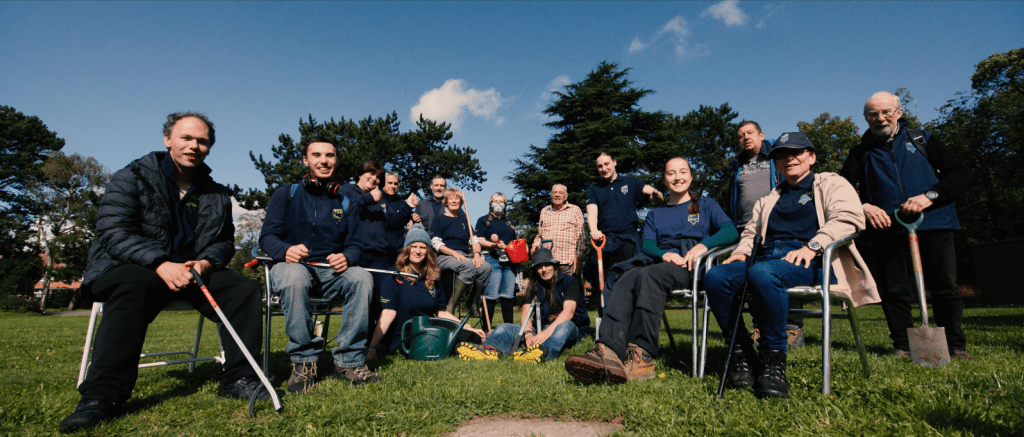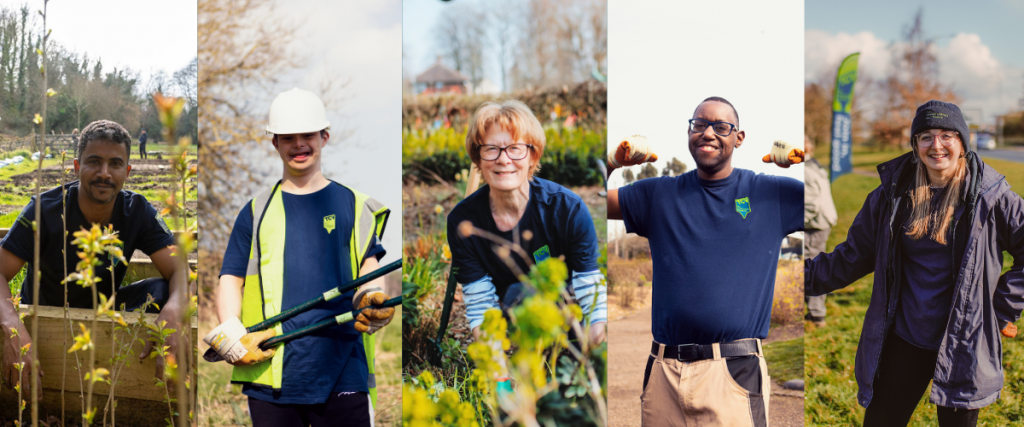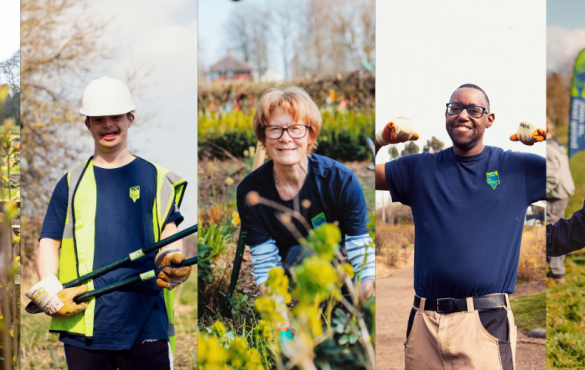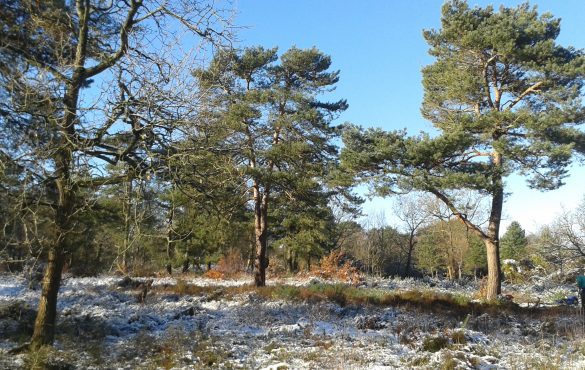A Shared Community Effort to Keep Our Environment Clean
Litter is an ever-growing issue in the UK. Local authorities spend significant amounts each year on cleaning it up, and it’s not just about aesthetics. Litter has far-reaching environmental and community impacts, which is why taking a proactive approach is so beneficial.
Councils spend around £1 billion per year dealing with littering and fly-tipping, and cleaning up chewing gum alone costs the average town centre £60,000 per year (up to £56 million for 936 towns in England).
Source: Local Government Association
You can either choose to join a local community group or local TCV volunteer group in their litter-picking events throughout the year, or you may choose to do it by yourself. Either way, it’s a great thing to do for yourself, your community, and the wildlife within – it’s a wonderful way to stay active and keep fit.
Why are Litter Picks Important?
Litter picks are a powerful way to unite communities and make a visible, positive change. They empower individuals to take ownership and feel a sense of pride and responsibility for their local outdoor green spaces. It’s a great way to connect with nature on your doorstep and join a worthy cause with your wider community.
How Does Picking up Litter Help the Environment?
Picking up litter has a direct impact on reducing pollution and its harmful effects:
- Protecting Wildlife: Litter can be deadly for wild animals (and also our pets), from ingestion to entanglement.
- Preserving Ecosystems: Soil and water contamination from litter can damage entire ecosystems. Chemicals leaching into water sources affect aquatic life and the subsequent food chain.
- Tackling Plastic Pollution: Single-use plastics are a major contributor to litter, and their persistence harms the natural environment. Removing these items is vital to reducing their impact and ensures they don’t end up in our seas and oceans. Acting now will help to prevent the predicted 99% of seabirds from having plastic in their stomachs by 2050 (Source: Imperial College London).
- Improving Recycling: Many items collected during litter picks can be recycled, ensuring valuable materials are reclaimed and reused.
Wherever you go you will always find trash on the ground, but I think TCV is doing great work in order to maintain the city and keep it clean, free from litter and pollution and always trying to help wildlife.
Guido, TCV Volunteer
How Does Litter Picking Help the Community?
Litter picking has a positive ripple effect on the community:
- Building Connections: It brings people together, fostering a shared sense of purpose and improving mental and physical health through social interaction and physical activity.
- Improving Wellbeing: Taking part in litter picks can boost mood and reduce loneliness. A clean, tidy environment can also enhance a sense of pride and encourage further positive actions.
- Enhancing Safety: Litter can pose hazards, especially in public spaces. Removing glass, sharp objects and general waste makes our communities safer for everyone, especially children and dogs.
- Boosts local image: Litter-free streets create a positive impression for visitors and potential residents.

What Tools do I Need to Litter Pick?
Your local community group or council can often provide all the tools and safety equipment you might need but here’s a simple kit list:
- High-vis vest or jacket: Especially important if litter picking near roads.
- Heavy-duty gloves: Protect your hands from sharp objects and dirt.
- Litter picker grabber: These handy tools allow you to grab litter from a distance, minimising contact with potentially hazardous objects. You can often borrow these from your local council or community group.
- Strong rubbish bags: Separate bags for general waste and recycling are ideal. You can also source bin bag holder hoops which help to keep the bag open.
- A first-aid kit: If you pick litter carefully you hopefully won’t need to use it, but it’s always good to have one with you including hand sanitiser.
Did you know TCV’s Chestnut Fund offers grants to grassroots community groups, empowering them to enhance their local environment? With two grant types, we support new groups with start-up grants and established groups with tools and training.
Top Litter Picking Tips
Choose a suitable location: Parks, beaches, and verges are all great options.
Plan your route: This will help you cover a wider area and avoid duplication of effort. It is always safest if people know where you are going too.
Work in teams: Divide your group into smaller teams to work more efficiently.
Remember, safety is paramount: Don’t pick up anything sharp or hazardous unless you have been trained to do so and have a specialised sharps box. If you haven’t and you see any syringes or hazardous waste, these can be reported to your local council.
Finally, remember to have fun! Play some music, chat with your neighbours, and enjoy the satisfaction of making a difference.
_________________________________________
Keep up to date with the latest news and activities from The Conservation Volunteers by following us on Twitter, Facebook, LinkedIn and Instagram. You can also sign up to receive TCV’s Greenzine newsletter for more ways to get involved.





